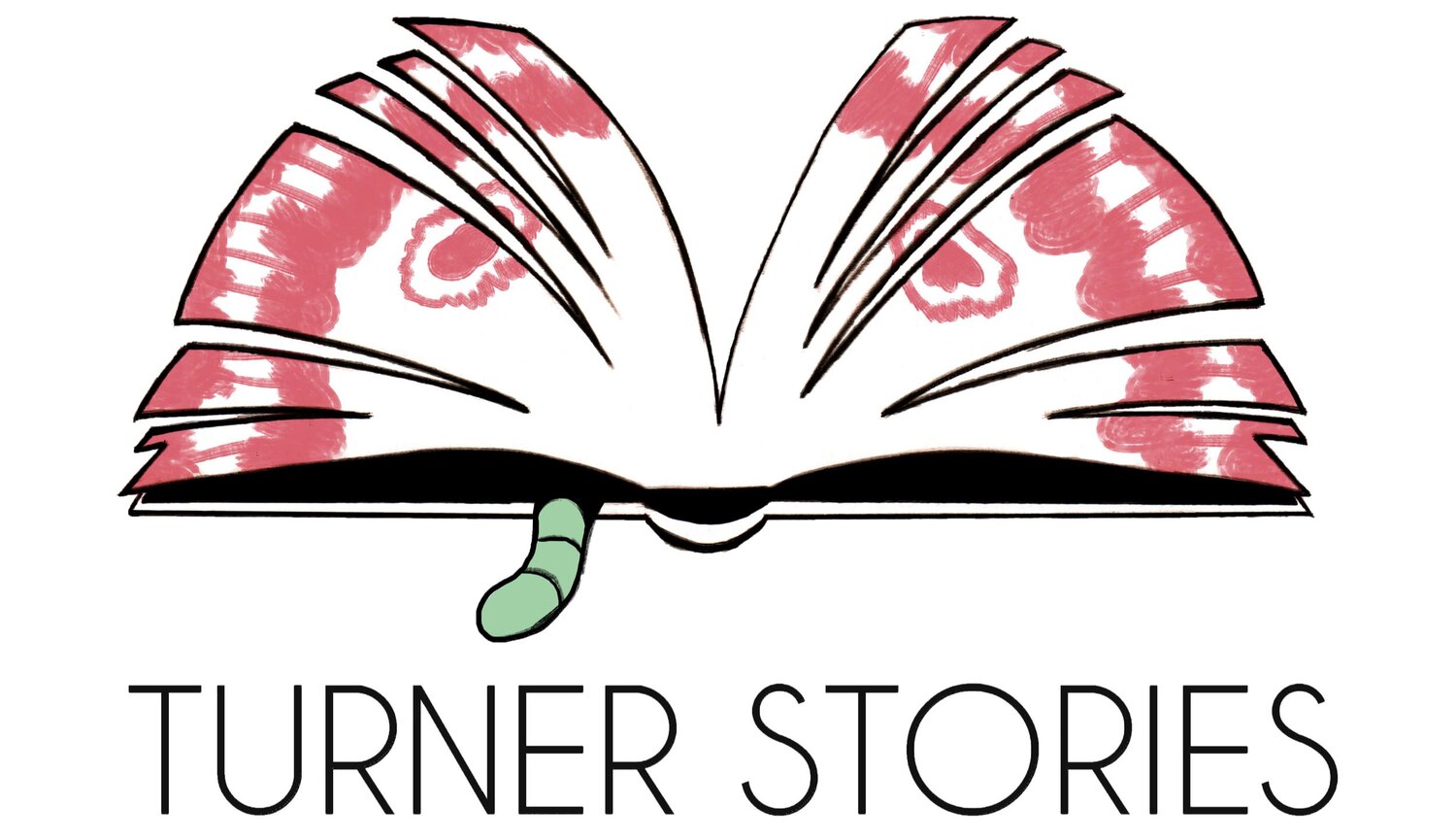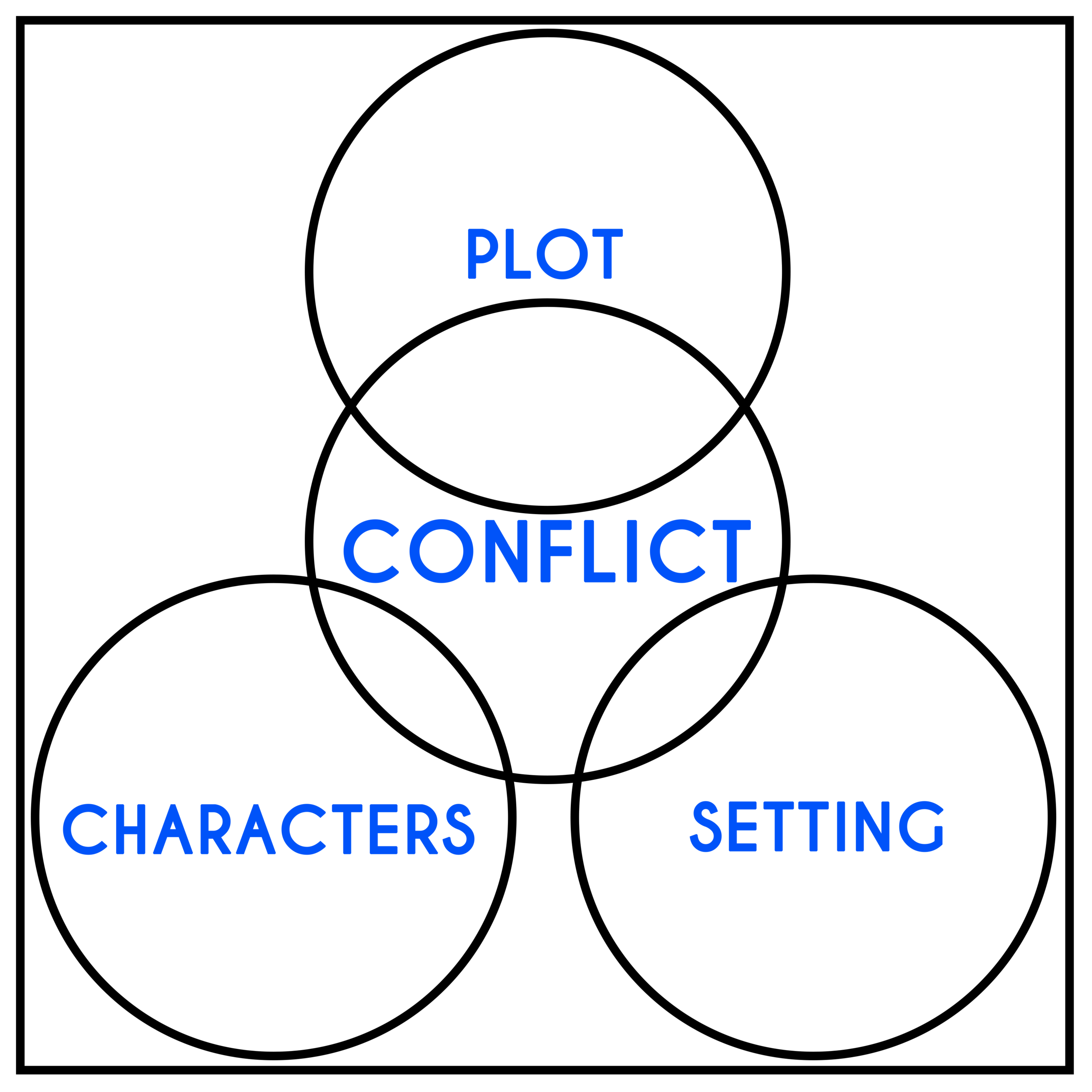How to Write a Fantasy Story
Why characters, plot, setting, and conflict determine the success of your story
Photo by Linus Sandvide on Unsplash
What makes something a story?
What are the first things that come to mind for you?
Stories should grant us a way to see life through a different lens and learn something about ourselves and our place in the world.
Made by the author
I think of characters who are put in a situation that is new to them, something that forces them to change and grow. These characters should be interesting, they should do and desire exciting things. I also think of plot and a sequence of events which takes the character on a journey from point A to B. The story takes place in a setting, a world like ours or somewhere fantastical.
Characters, plot, and setting are all tied together by conflict. The conflict between characters. The internal conflict and process your main character is going through. A new setting that challenges your characters. A plot that’s filled with twists, turns, and trials. Conflict makes a story exciting. If characters are the heart of a story, the conflict is the blood flowing to the heart, it’s pulse.
Fantasy author Brandon Sanderson (author of the great Mistborn series) describes the integration of character, plot, and setting with conflict as ‘The Box’, a concept I introduced earlier. “As a writer, you’re creating this illusion.” – Brandon Sanderson.
In his YouTube lecture series, he’s taking the novice writer by the hand in the world of fantasy writing. If you aspire to be a fantasy writer, it’s a must-see. I learned a ton from Sanderson an have a Moleskine notebook full of notes.
What makes good fantasy? I love Fantasy because it introduces me to very imaginative worlds which are completely different than our own. To worlds of magic, heroes and heroines, creatures and made up lands. Fantasy invites a sense of wonder.
Characters can do unimaginable things. Things us mortal readers can’t do. The plot usually follows a Hero’s Journey, forcing the main character out of his ordinary world into the extraordinary world where a difficult calling awaits them. Fantastical elements make up the setting. The conflict usually has to do with power and the fight between good and evil. The conflict usually stands closest to what we deal with in the ‘real’ world as well. And that’s why Fantasy is so intriguing. Through good storytelling, we learn something about ourselves and what it means to be human.
I will discuss the elements of The Box in detail and explain how you can use these elements for writing your fantasy story. Whether it is a short story, novella or novel. I have used this for all my short stories and still use all these lessons in writing my Fantasy novel. I hope they’re of use to you.
1. Characters
I already mentioned that your characters should be interesting. But what do I mean by interesting? In writing Fantasy your characters might be a powerful wizard, a human learning they have magical abilities, an evil dark lord, an honorable knight or a flying elf. That in itself is interesting but has more to do with the setting of your story.
Characters, especially fantastical ones, should always be human. Characters should remind us of ourselves. Or, your reader should be reminded of him or herself.
Who are your characters? What motivates them? What do they want and why? This should be on your mind constantly. It’s your compass.
These questions are not to be taken lightly. Even if you have a great idea for a story, with an intriguing plot, if your characters are flat - or worse: not interesting - your story falters. Your character’s wants/needs/desires will move the plot of their story. And, it will determine if your reader will root for them or not.
“If you fail on anything, it’s not the worst thing. Just don’t fail on character.” – Brandon Sanderson
What makes a character interesting?
Conflict. Stories reflect on aspects of our own lives. Nothing ever goes our way the way we want it. Something always gets in our way. Who or what gets in the way of your main character? What trials do they need to overcome to get from the start of the story (point A) to the end (point B)? What is their journey like between these two points? How do they get from state A to B? In other words, how do they grow? Conflict within and between characters creates progress in a story.
Relationships. How does your protagonist relate to the other character(s) in your story? How do they get along? How do they thwart each other on their journeys? Interaction drives your story forward. Use it.
Flaws. Flawed characters are likable, but it’s imperative that you make them overcome some of their flaws. Or at least have them have a go at it. No one is perfect. Plus it may remind your reader of themselves. It may inspire them to grow just like your character. I wrote an entire article dedicated to a character’s flaws. Why doesn’t your character fit the role they were put int?
Defining moments. On this journey from A to B, your characters will be tested. Your main character should be proactive (or forced into being proactive by another character), that way they move forward. What motivates your character to become proactive? What do they want above all? What’s at stake? What’s preventing him from reaching point B? What will they learn on their journey? What mistakes will they make?
Likability. Do your characters necessarily have to be likeable? No one is perfect. All people struggle and have different motivations in life. Get into that. A good trick to make someone likeable in your story is to have another character in your story explain the likeable traits about your main character. Having a character overcome their flaws makes them likeable too because readers will root for them.
According to Sanderson, a character’s competence, proactiveness, and likability largely determine if the character is interesting or not.
In fantasy, all these colorful characters usually pop up, according to ancient fantasy rules or fantasy tropes. There’s usually a wise mentor, a villain, an antagonist (not necessarily the villain), a funny best friend, a talking animal friend. The hero of the story usually has some special power they haven’t learned about yet.
The main character, or hero of a fantasy story, usually follows the Hero’s Journey (more on this in a bit). This journey puts the hero in a sequence of events and determines the plot. At point A in the story, the hero is an everyday man. After their journey, they should become hype competent in their new world and using their abilities to their full potential to vanquish the villain.
Want to learn more about creating interesting characters? Read this article.
New eBook
How to Write a Short Story. A complete guide for $3.99 on Amazon.
2. Setting
Worldbuilding
People read fantasy because they want to be immersed in a new place. Your job is to convince the reader of that place without drowning them in details and endless descriptions. Use your exposition wisely!
By using a gradual learning curve of the new world for your character, you make the reader slowly part of the world. Another technique you can use is a dialogue between characters to explain the world around them in a casual manner. It’s so much more powerful than through descriptive writing because you tie it in with action and the pace of the story. Tie the actions of your protagonist to uncovering the world - show the world as they move through it!
Another theory you should apply is the iceberg technique. Icebergs exist both above and below sea-level. Imagine the iceberg to be your fictional world. The top, above sea level, is the part you share in your story. That’s what you show your reader. The part below sea level (which is usually way bigger) is the rest of your world. This can be background information, complete magical systems, technological developments, governmental issues, etc. This is just for you to keep in the back of your mind or in a separate file while you tell your story.
If you’re a plotter, you can construct this beforehand and tweak while you write. That’s how I do it as well. Be beware of endless world-building. It’s subject to change. Use it as points on a map and discover what’s on the road as you go.
In your fantastical world, you have to model it after our real world. What determines its physical setting and what makes up the culture? Physical elements of a fantastical world consist of the magical system itself, science, nature, geology, physics, and technology.
A cultural setting is usually bigger. Here you need to consider the political system, the economy, laws, customs, the economy, history, culture, and education.
Just make sure you keep most of this under sea-level so you don’t bore your reader.
If you’re interested in learning more about world-building, read this article.
Magical systems
One of the most important parts in Sanderson’s lectures deals with magical systems. Good magic has rules according to Sanderson. When you do this right, your story becomes so much more powerful.
These are the most important rules for a good-functioning and believable magical system:
“Your ability to solve problems with magic in a satisfying way is directly proportional to how well the reader understands said magic.”
Use proper foreshadowing to create “ah, I should have seen that coming” moments. When Sansa and the Knights of the Vale save Jon at the Battle of the Bastards. When Gandalf shows up on the 3rd day at sunrise with the riders of Rohan at the battle of helms deep. When the Order of the Phoenix members show up at the Battle of Hogwarts. You know the drill.
“Flaws should be more interesting than powers.”
Make it more about the troubles of the characters and around what the magic can’t do. Focus on the human in a magical setting. Without a wand and magical education no one holds real power in Harry Potter (well, Dumbledore does – but he’s the wise mentor). It’s like kryptonite to Superman. You need to make the magic cost something (economic, emotional, energy, mental, physical). There should be boundaries to your magic. Otherwise, you can magically wave your pen and move your protagonist from point A to B in one sentence.
“Go deeper into magic instead of wider.”
Involve the reader deeply into a few world-building elements instead of a lot of elements in a shallow way. This makes for a better reading experience. Leave some things open to keep the mystery. Think about what you like in fantasy. If J.K. Rowling would summarize all of the magical study books in her story would you still find the magic intriguing? Let the reader discover the magical world along with the protagonist who is new to this world.
3. Plotting
Sanderson is a plotter with plot and setting (world-building) and a pantser when it comes to building characters. I’m similar but my plot does change as bit as well along the way. Plus, I add and deduct ideas from my fictional world as I write. New ideas always pop up. I also start building my characters before I write. I want to understand their motivations and flaws. Based on that, I’m better able to plot the story, because I can tie in the growth process of my characters.
“Plot determines how your story is paced and what promises your story is making,” according to Brandon Sanderson. Early on in your story, you have to make some promises to your reader about where your story is heading. Then fulfill them in a satisfying, somewhat unexpected way. Hide the foreshadowing and create illusions and diversions. Create twists. Put your characters through trials, have them progress and make mistakes.
We know that Harry Potter will become a powerful wizard and that he will defeat Voldemort eventually. We also know that Frodo will bring the ring to Mordor and destroy it in the fire. The sequence of events that lead up to fulfilling these promises is the plot of your story.
Don’t disappoint the reader by turning the story into something different by the end (hello David Benioff and D.B. Weiss?). That’s why it is always important to deliver on your promises.
The Hero’s Journey or the Monomyth:
Joseph Campbell wrote THE book about the Hero’s Journey. I can write 100 articles about it. For the purpose of writing fantasy and this article, I’d like to give you just the main pointers, but I highly recommend you dive into it further. The hero’s journey is usually the foundation for all good fantasy stories.
In act one, the main character is in his regular environment and something forces him into action. He was at peace first, but now he has to change and is put into a new world. Usually, he meets a mentor here. In the first act he learns about his role in the grand scheme of things and it scares him, he wants to go back and refuses the call to adventure. At the end of the first act, he usually stands at a threshold and certain events push him forward into the strange new world, accepting the fact that he needs to change.
In act two there are trials on his journey. Your protagonist is tested and learns more about his magical abilities. His former self “dies” he’s slowly becoming a new person. Sometimes he peers into the darkness and is enticed by it. This is another test. He’s understanding the world and realizing what he has gained from the journey so far. At the end of this act, the antagonist has risen to power and challenges him. Usually, there is another refusal to the call here because of self-doubt.
In the last act, the protagonist fully accepts his duty, usually helped by his friends. He returns to the world and fights. Death ensues. Usually, the antagonist is defeated. Afterward, the protagonist contemplates his or her growth. He has arrived at point B.
Conclusion
Why do people love fantasy? It introduces us to very imaginative worlds which are completely different than our own.
By creating interesting characters who are put into a new and magical world going on a journey from point A to B and facing all these trials along the way, we are lured in.
Think about your magical system carefully. Build an interesting fantasy world without boring your reader. Use The Box theory and who knows? You might be sitting on the next Hunger Games.
Happy writing!



